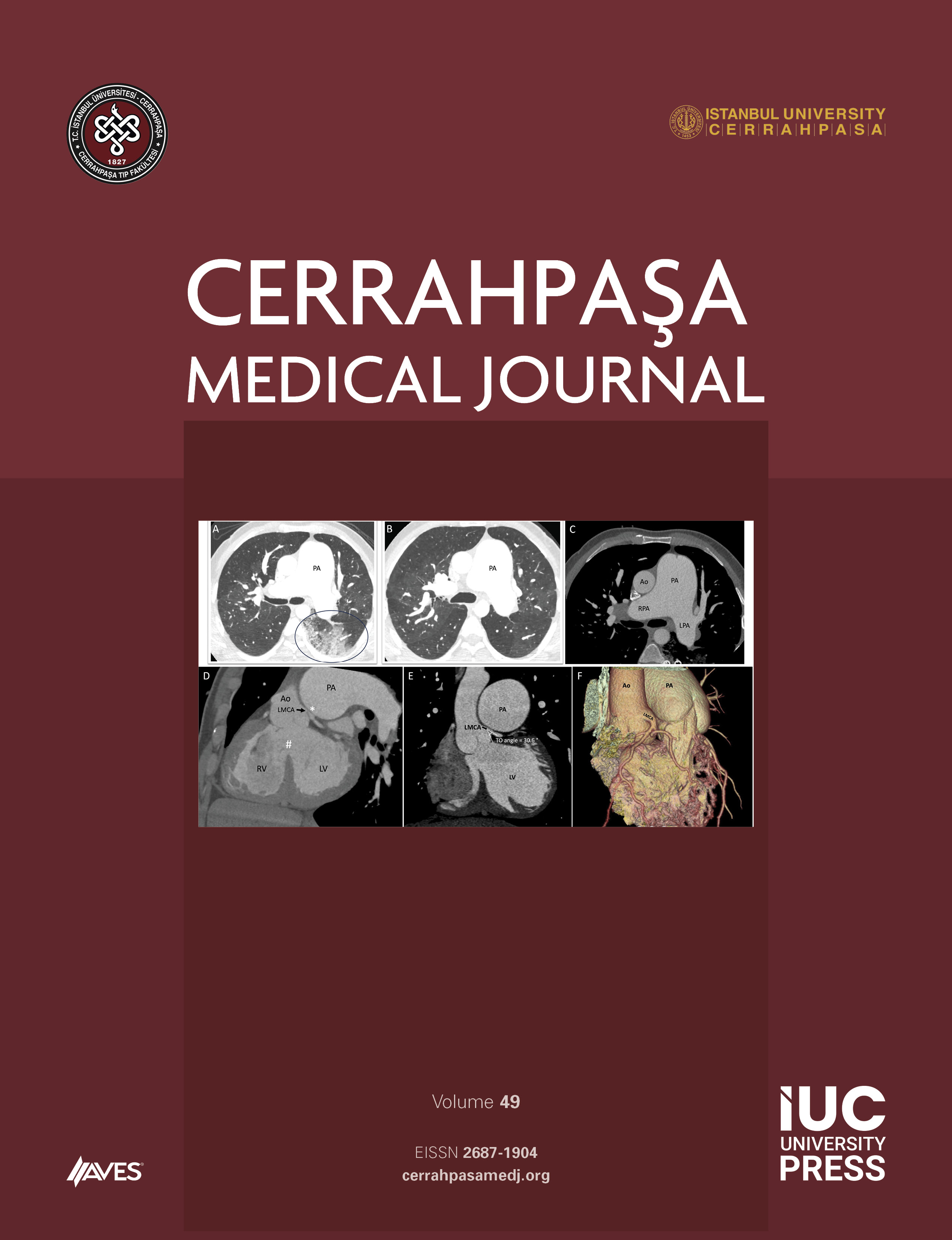Background.- We previously reported the effects of different sex hormones on bladder urodynamics in male rabbits. The aim of this study was to investigate the effects of different sex hormones on bladder urodynamics in female rabbits.
Methods.- Mature female New Zealand white nonpregnant rabbits were studied in five groups. G-I: Sham operation {laparotomy (L)} + intramuscular 0.9% NaCl injection. G-II: L + Estrogen. G-III: L + Bilateral Oopherectomy (BO) + Estrogen. G-IV: L + BO + Progesterone. G-V: L + BO + Testosterone. Baseline urodynamic findings were recorded and the blood sex hormone levels were measured. All rabbits underwent urodynamic investigations on the 5th, 10th and 30th postinjection days. Blood levels of estrogen, progesterone and testosterone were also measured during the follow-up period.
Results.- Blood levels of hormones were found increased on the 5th and 10th days after the injection, but decreased to normal level on the 30th day. There were no significant changes in bladder capacity and compliance in G-I. The bladder capacity and compliance were found to be increased in G-II and G-III on the 5th and 10th days (p<0.05). There were no significant changes in G-IV. There was an insignificant decline (p>0.05) in the bladder capacity and compliance on the 10th day in G-V.
Conclusion.- There was a slight decrease in the bladder capacity and the compliance of the female rabbits after progesterone and testosterone injections. Contrary to this, there was an increase in the bladder capacity and the compliance correlated with the high blood level of estrogen hormone.



